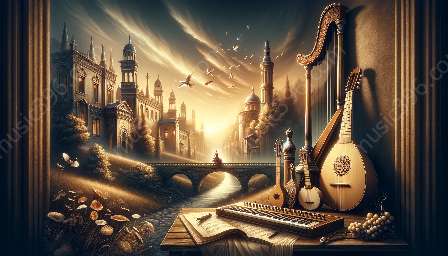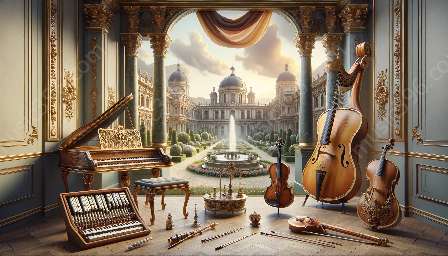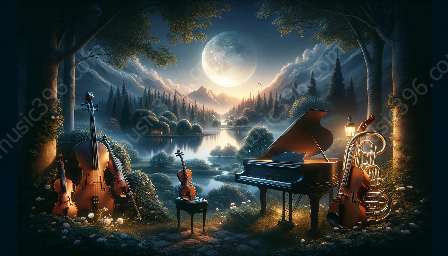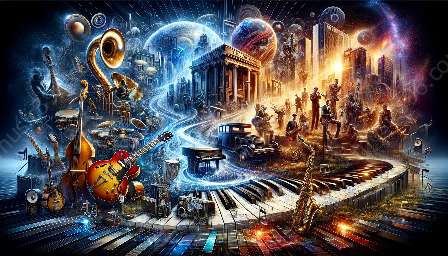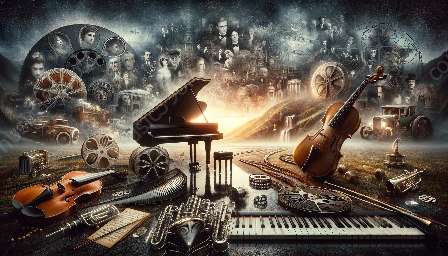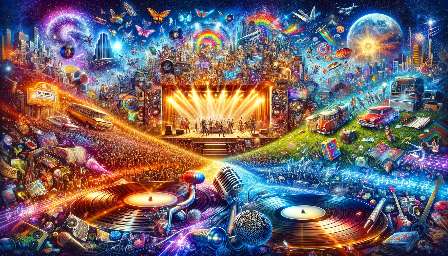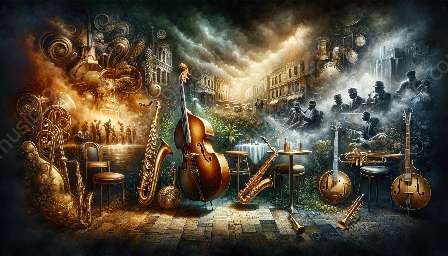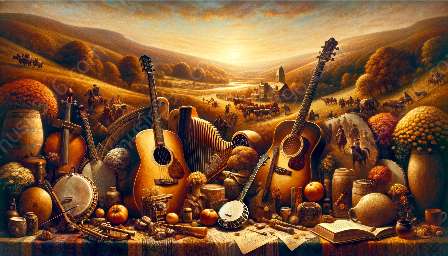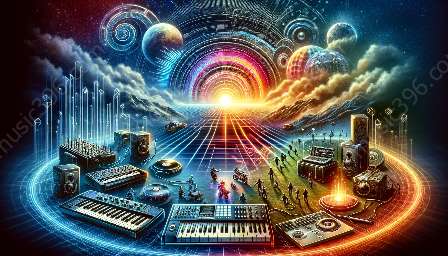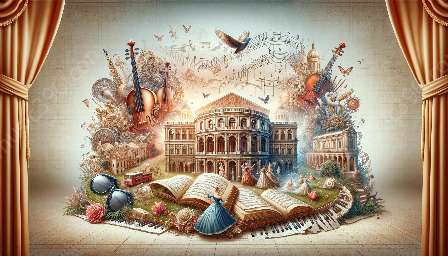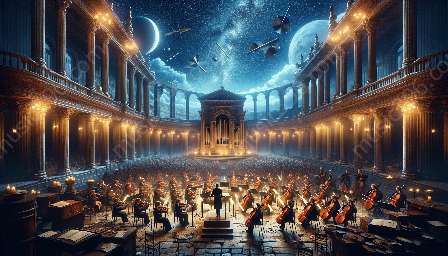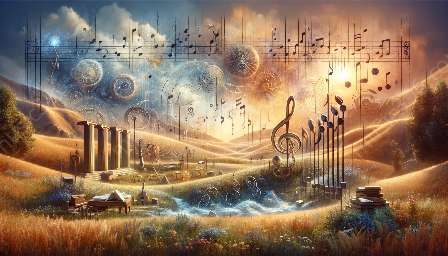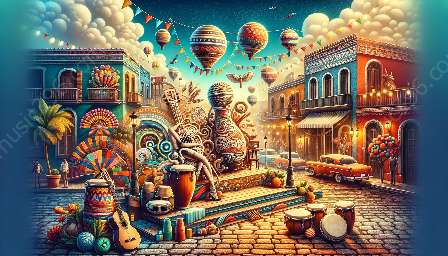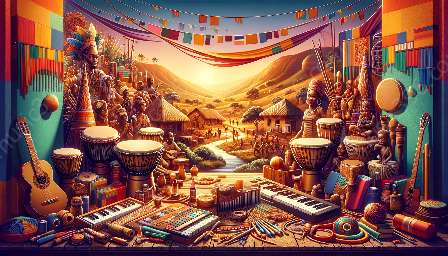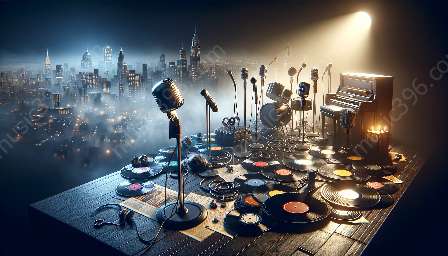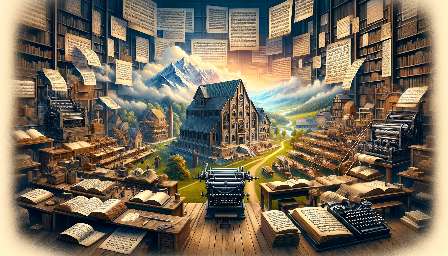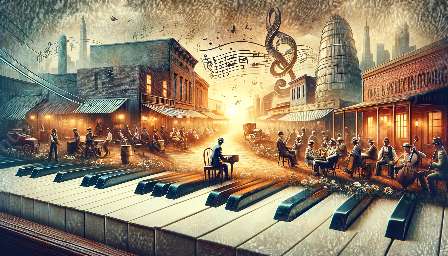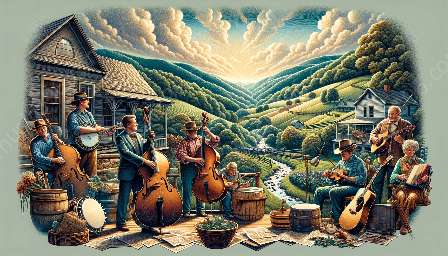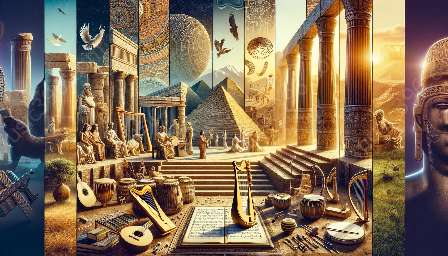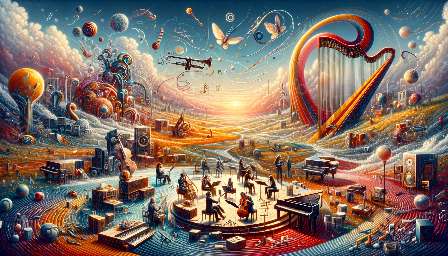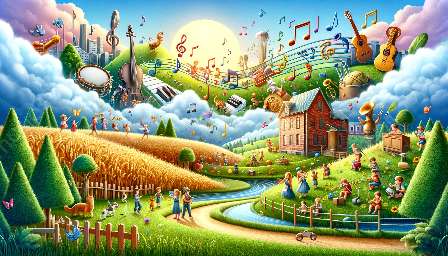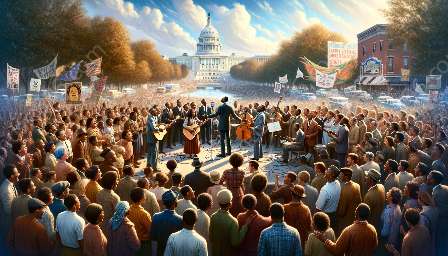Film music, opera, ballet, and the history of music share intricate connections that have shaped the artistic landscape for centuries. This comprehensive analysis explores the intricate ties between these art forms, elucidating their influences and contributions to each other.
The Historical Evolution
Music has always been intertwined with visual and performing arts. As we delve into the history of music, it is evident that film, opera, and ballet have continuously influenced and inspired one another.
Film Music and Opera
Opera, a unique blend of music, theater, and visual arts, has been a cornerstone of Western music traditions. Its influences on film music are undeniable, as many prominent film composers have drawn inspiration from operatic compositions. The emotional depth and storytelling power of opera have influenced film scores, leading to the seamless integration of music with visual narratives.
Film Music and Ballet
Similarly, ballet, with its emphasis on choreography and music, has left an indelible mark on film music. Composers have often turned to ballet music for inspiration, harnessing its evocative melodies to enhance the emotional resonance of cinematic experiences. The graceful movements and emotive expressions in ballet have significantly impacted the rhythmic and tonal qualities of film scores.
The Cross-Pollination of Themes
One of the most remarkable connections between film music, opera, and ballet lies in the cross-pollination of thematic elements. Themes of love, tragedy, heroism, and fantasy are recurrent motifs that traverse all three art forms, showcasing their universal appeal and emotional resonance.
Love and Romance
The portrayal of love and romance in film music often echoes the passionate arias of operas and the expressive movements of ballet. The soaring melodies and poignant harmonies employed to convey love in film scores find their origins in the rich romantic traditions of opera and ballet compositions.
Tragedy and Drama
Tragic narratives and dramatic arcs are prevalent in all three art forms. The operatic tradition of depicting intense human emotions through music and storytelling has influenced the poignant and melancholic themes often found in film scores. Similarly, the emotive storytelling of ballet has inspired composers to create evocative musical landscapes that capture the essence of tragic narratives on screen.
Heroism and Fantasy
The grandeur of heroic themes and fantastical elements in film music draws inspiration from the grand operatic orchestrations and the majestic storytelling in ballet. The use of triumphant brass and sweeping strings in film scores finds resonance with the heroic arias of opera and the majestic choreography of ballet.
Technological Advancements in Music Production
The evolution of music technology has significantly influenced the interconnectedness of film music, opera, ballet, and the history of music. Advancements in recording techniques, sound engineering, and electronic instruments have expanded the creative possibilities for composers, blurring the boundaries between these art forms.
Musical Innovations
The incorporation of electronic music, synthesizers, and digital sound manipulation has allowed composers to experiment with sonic textures and tonal landscapes, transcending traditional orchestral compositions. This sonic experimentation has redefined the relationship between film music, opera, and ballet, fostering a dynamic exchange of musical ideas and innovations.
Collaborative Artistic Endeavors
The collaborative endeavors between film composers, opera singers, ballet dancers, and orchestral musicians have enriched the artistic landscape, fostering a symbiotic relationship between these art forms.
Interdisciplinary Collaborations
Cinematic productions often feature collaborations between film composers and accomplished opera singers, showcasing the fusion of operatic vocal techniques with film music aesthetics. Similarly, the integration of ballet sequences in films has led to collaborative efforts between composers and choreographers, culminating in seamless audio-visual experiences for audiences.
The Cultural Impact
The interconnectedness of film music, opera, ballet, and the history of music extends beyond artistic influences, leaving a profound cultural impact on global audiences
Global Reverberations
The universal appeal of film music, opera, and ballet has transcended geographical and cultural boundaries, resonating with audiences worldwide. Through their interconnected influences, these art forms have woven a tapestry of emotions, narratives, and traditions that have captivated diverse societies.


